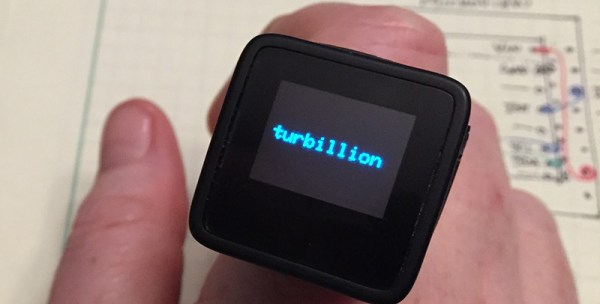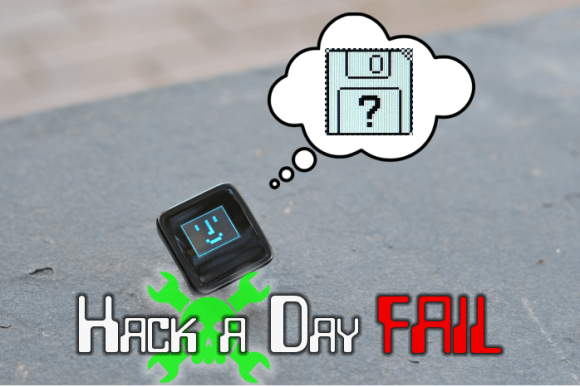A little while ago, we complained that there aren’t many projects using the Microview, a very cool Arduino and OLED thing that might be just too big for a ring. [Johannes] answered the call with a slot car track timer. He’s using an infrared distance sensor to count off lap times for his slot car track and a mini thermal printer to print out the times. Video right here.
Too many cables in your freshman college dorm room? Here’s the solution.
Our Internet travels frequently take us to strange auctions (we’re still looking for a US Mail truck, btw), but this one takes the cake. 24kt gold plates that were flown in space for five and a half years weighing 6,015.5 grams (212.191 oz). At the current price of $1277.06/oz, this auction should go for $270,980 USD. I’m 99% sure this was part of the Long Duration Exposure Facility, but I have no clue why this much gold was flown. Surely they could have done the same amount of science with only a hundred thousand dollars worth of gold, right?
So here’s this, but this isn’t your everyday, “put an Arduino in a vibrator” crowdfunding campaign. No, they actually have some great tutorials. Did you know that a stroke sensor looks like shag carpeting? [Scott] tells us, “I believe the founders are all graduate students getting PhDs in something or other, starting a sex toy company on the side.” More power to ’em.
Speaking of dildonics, the guy who coined that term will be giving one of the keynotes at the Vintage Computer Festival East this year. Yes, we’ll be there in full force.
















